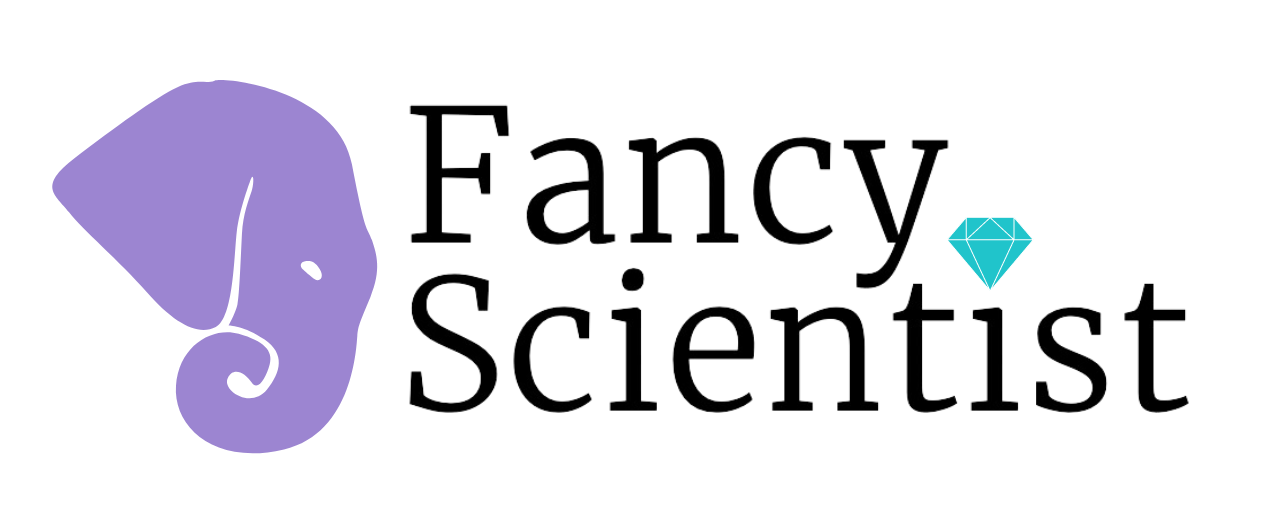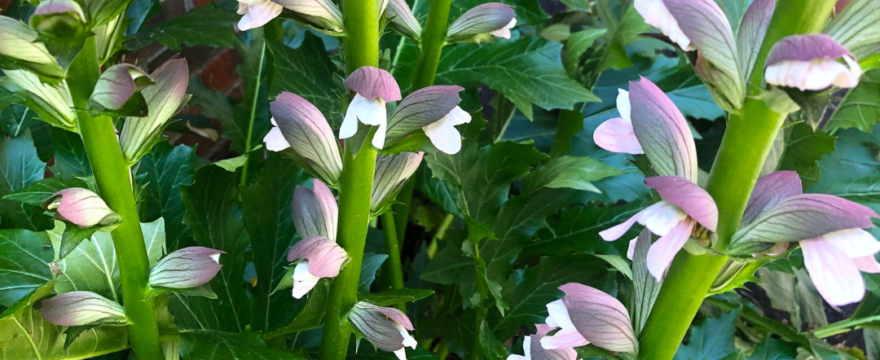*This post contains affiliate links. As an Amazon Associate, I earn from qualifying purchases. Read my Affiliate Links Disclaimer.
The word biodiversity generates visuals of far away places – the Amazonian rainforests or The Great Barrier coral reef. Having an impact can seem insurmountable, but is in fact it is within your reach. Biodiversity is as close as your own backyard.
Traditional conservation models separate people and animals through protected areas, putting and saving biodiversity “over there” in areas seemingly untouched by people. Human development is not slowing down and we rarely gain more land to set aside for nature.
To sustain wildlife, developed areas are needed as corridors and even permanent habitat. This means you can have a direct impact on animals by making a wildlife-friendly yard. Here’s 6 SUPER EASY tips:
1. Landscape with Native Plants
The first step to a wildlife-friendly yard is to plant wildlife-friendly plants. Urban areas can actually have higher plant biodiversity than natural areas because of invasive species of ornamental value of used in landscaping, but native plants are important for wildlife. They have evolved in that ecosystem with those species and therefore host higher species richness and are essential for other species, some of conservation concern.
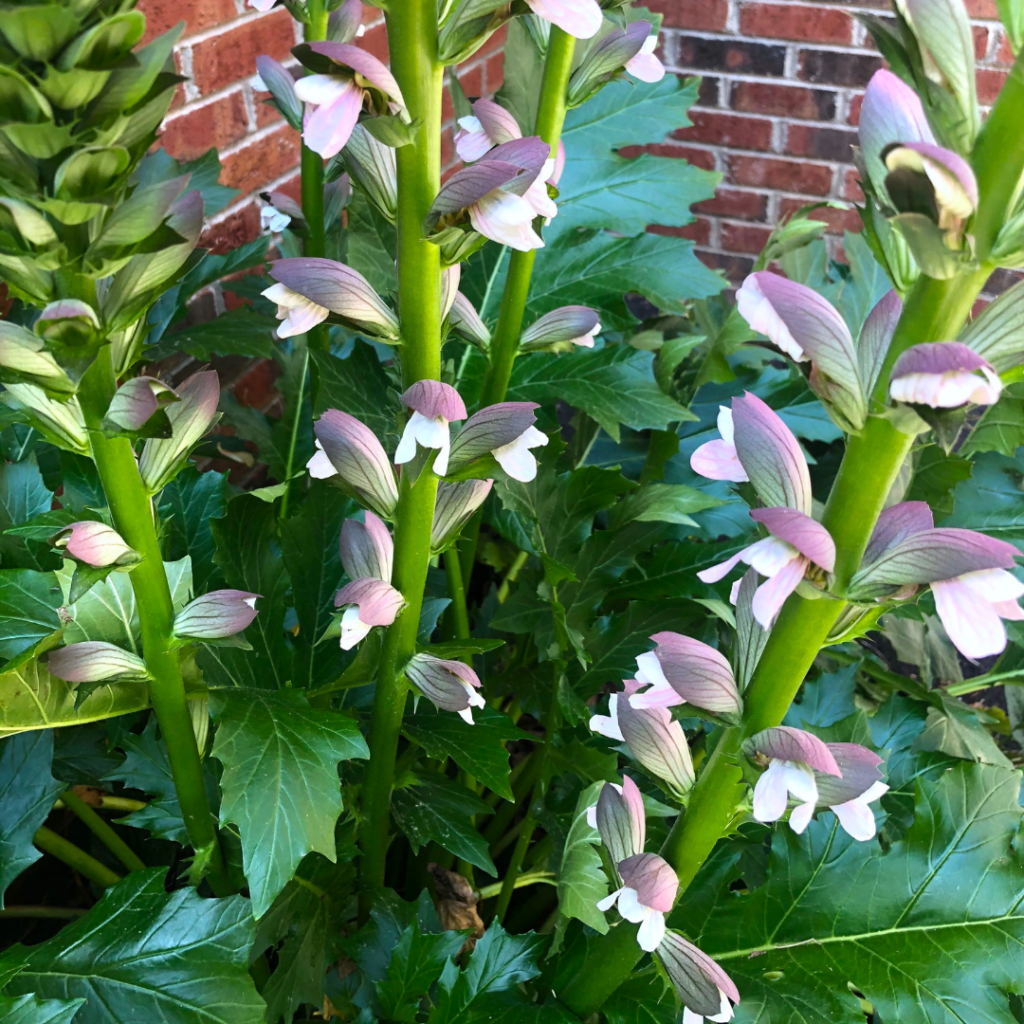
Monarch butterflies, which been in decline for decades, need milkweed to lay their eggs. Plant some milkweed and you directly help monarch populations. Native plants require less water, no pesticides, and as an added bonus are low maintenance. Natives are especially important in arid areas as the plants have evolved with little water and can handle stressful droughts.
Planting native flowering plants provides food sources for pollinators, which are vital to our economy, as they pollinate our food supply.
For more on how to purchase native plants, check out podcast episode #59 with naturalist David Mizejewski of the National Wildlife Federation.
Powered by RedCircle
2. DON’T Use Pesticides
We are currently in an insect apocalypse. Over the past few decades, insect populations have declined by 25%. Maybe you don’t like insects, but I bet you do like the species that eat insects like birds.
Pesticides obviously the pests people tend to dislike, but these pesticides do not discriminate. They also kill the insects we do like, or the insects that animals like to eat for food. To really make a wildlife-friendly yard, you have to care for the animals you like and you don’t like because it’s all interconnected.
Americans are using pesticides at an extreme level – 10 times more than farmers! These pesticides directly reduce insect biodiversity, and have consequences for other species. A decrease in insects has reduced the survival rates of nestling great tits in urban areas. Although bird seed is available, quality not quantity is important. For these birds, that means an insect-rich diet.
Additionally, pesticides are toxic to humans and animals at high levels. When spread throughout the environment as runoff collectively from lawns, some can also affect animals and us in the form of endocrine disruption.
3. Or Don’t Landscape at All…
When I was little, we were not allowed to walk on my next door neighbor’s lawn. I could not understand this concept. How could someone care about grass so much? He was so obsessed about getting it perfectly green and manicured, dumping tons of pesticides and fertilizers on it, that now I am happy that I didn’t walk on it for my health.
Mowed lawns are actually terrible for wildlife. They are severely mono-cultured and do not provide any dimension for habitat structure. Therefore, there is less food and shelter in yards with large, manicured lawns. The most wildlife-friendly yards are not necessarily the most conventionally beautiful, but I think it’s time to change our perspective.
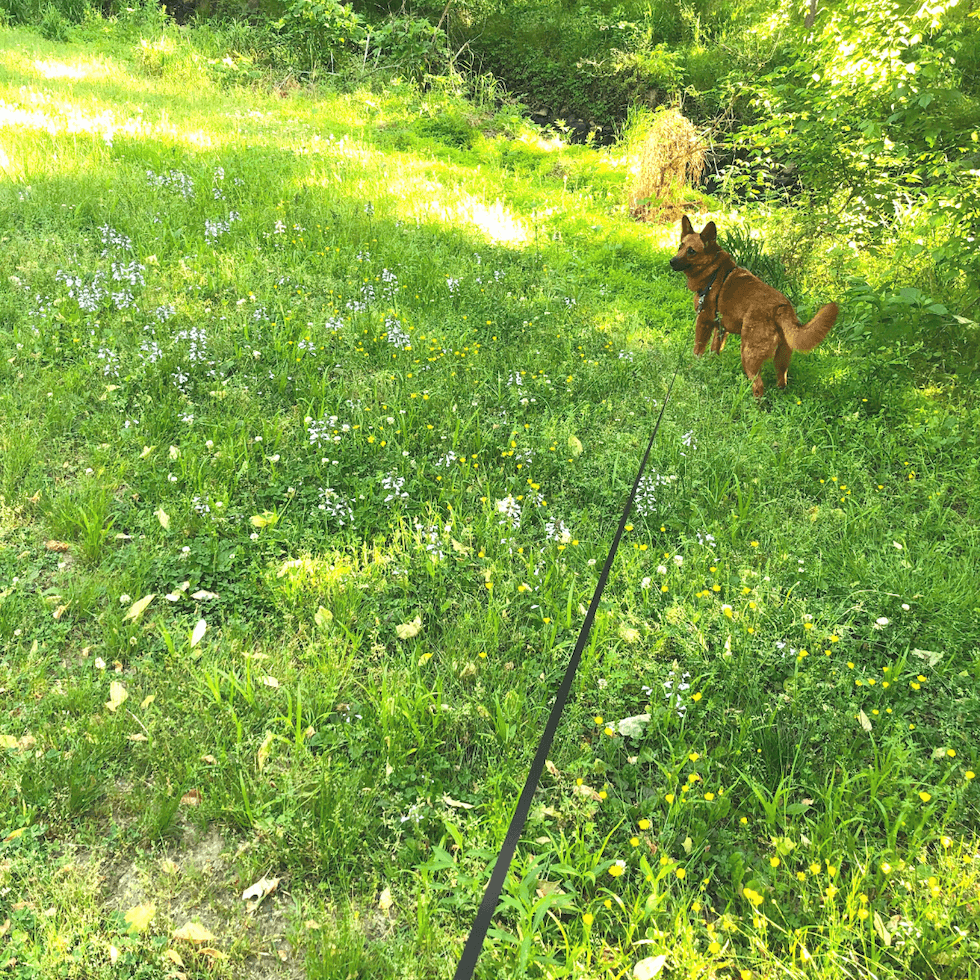
Even if you can’t get away with, or can bear the thought of not having a lawn, at least let parts of your yard go. Piles of brush, logs, and unraked leaves all provide macro and microhabitat that a range of wildlife can enjoy. The best part about this tip is that you can be super lazy and still do it.
4. Put Up a Bird and Bat House
With the sprawl of houses and monocultured lawns, animals like birds and bats lose the types of complex structures such as tree cavities that they live in. Building these houses creates shelter in these difficult, developed landscapes.
Lots of people remember birds, but they forget bats. Setting up bat houses can reduce human-wildlife conflict (bats will choose bat houses over your house) and can make your yard more enjoyable by eating mosquitos. Bats are super cool and some species even make tequila possible!
5. Keep Cats Indoors
This one is huge. I love cats (I have four), but they are cute, little wildlife murderers. While they don’t discriminate, killing reptiles, birds, and mammals, their impacts are particularly damaging to bird populations.
One study found they kill at least one bird per month (that was only what they brought back). Multiply that by all the cats, both owned and unowned, and you could have impacts in the billions.
To truly have a wildlife-friendly yard, keep your kitties indoors!
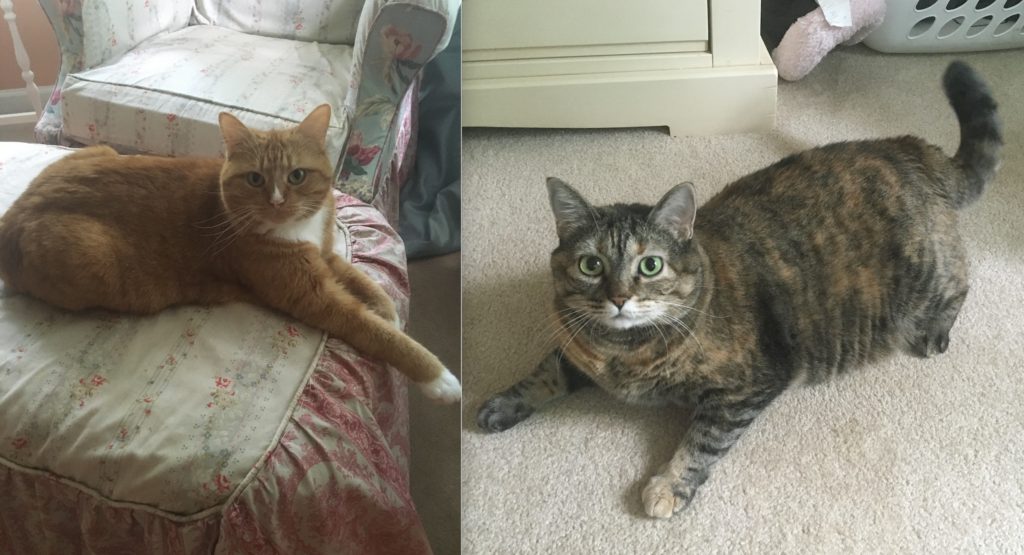
6. Embrace the Bugs at Night
Bugs can be annoying, but a big zapper is even more annoying and bad for biodiversity. Yes, it kills mosquitoes, but it also kills other insects like cute moths, which are imperative to our ecosystem!
Bugs are a food source of lots of animals (like birds, which most people love in their yard). When it’s bad out, I wear citronella essential oil, which isn’t the most effective, but I’d rather have a few bites than kill bugs. And bug spray is a no no for my health.
7. Leave the Leaves
Someone was asking me the other day: Where are all of the insects? This person drives all the time and was saying that he did more driving than ever this year, but cleaned his windshield not that much.
Insects are majorly in decline, and for lots of people maybe they think, “that’s great! I hate insects!” But here’s the thing – if you care about other animals (and eating as insects are pollinators for crops), then you gotta care about the insects.
@fancyscientist Someone just asked me yesterday. Where are all of the insects? This person drives all the time and was saying that he did more driving than ever this year, but cleaned his windshield not that much. Insects are majorly in decline, and for lots of people maybe they think, “that’s great! I hate insects!” But here’s the thing – if you care about other animals (and eating as insects are pollinators for crops), then you gotta care about the insects. One of the reasons why insects are in decline is because of the way we take care of our lawns. Not only do most people dump pesticides on their grass directly killing insects, but they get rid of their leaves. When I helped adapt the book “How to Attract Wildlife to Your Garden” to US audiences, for so many insect species I wrote about how they laid eggs in fallen leaves. When these leaves get taken away, so do the eggs, leaving fewer and fewer insects to survive next spring. If you care about animals like birds in your backyard, save your leaves! Yes, birds can eat birdseed, but it’s not as good as their native food (research supports this – the young don’t do as well in the studied species). Check out my previous post on what I do with my leaves to have them break down back into the soil providing nutrients back into Mother Earth. #fancyscientist #showmeyourfancy #notallscientistswearlabcoats #thisiswhatascientistlookslike #wildlifebiology #wildlifebiologist #ecologist #zoologist #zoology #conservationbiology #wildlifeconservation #animallover #conservationbiologist
♬ Game Changer – Cameron James
One of the reasons why insects are in decline is because of the way we take care of our lawns. Not only do most people dump pesticides on their grass directly killing insects, but they get rid of their leaves. When I helped adapt the book “How to Attract Wildlife to Your Garden” to US audiences, for so many insect species, I wrote about how they laid eggs in fallen leaves. When these leaves get taken away, so do the eggs, leaving fewer and fewer insects to survive next spring.
If you care about animals like birds in your backyard, save your leaves! Yes, birds can eat birdseed, but it’s not as good as their native food (research supports this – the young don’t do as well in the studied species). Check out my previous post on what I do with my leaves to have them break down back into the soil providing nutrients back into Mother Earth.
Leaves are excellent providers of nutrients for the soil and habitat for insects to lay their eggs. Here’s what I do with my leaves so that I can keep my yard from not turning into a mud pit but still not sending them to a landfill:
@fancyscientist Leave the 🍃🍁🍂! Leaves are excellent providers of nutrients for the soil and habitat for insects to lay their eggs. Here’s what I do with my leaves so that I can keep my yard from not turning into a mud pit but still not sending them to a landfill. #fancyscientist #showmeyourfancy #notallscientistswearlabcoats #thisiswhatascientistlookslike #wildlifebiology #wildlifebiologist #ecologist #zoologist #zoology #conservationbiology #wildlifeconservation #animallover #conservationbiologist #fallleaves🍁🍂 #fallleaves #wildlifefriendly #backyardgarden #backyardwildlife
♬ Falling Leaves – Glenn Miller & His Orchestra
If you follow these guidelines, you may consider certifying your yard as wildlife habitat through the National Wildlife Federation. Beyond these recommendations, there are only a few more things to do such as providing water sources. You can get all the details in naturalist’s David Mizejewski’s book “Attracting Birds, Butterflies & Other Backyard Wildlife.”
And to see what animals you capture in your yard, consider purchasing a camera trap and try out these activities to connect to wildlife.
SaveSaveSaveSave
Love this post? Share it with friends!
